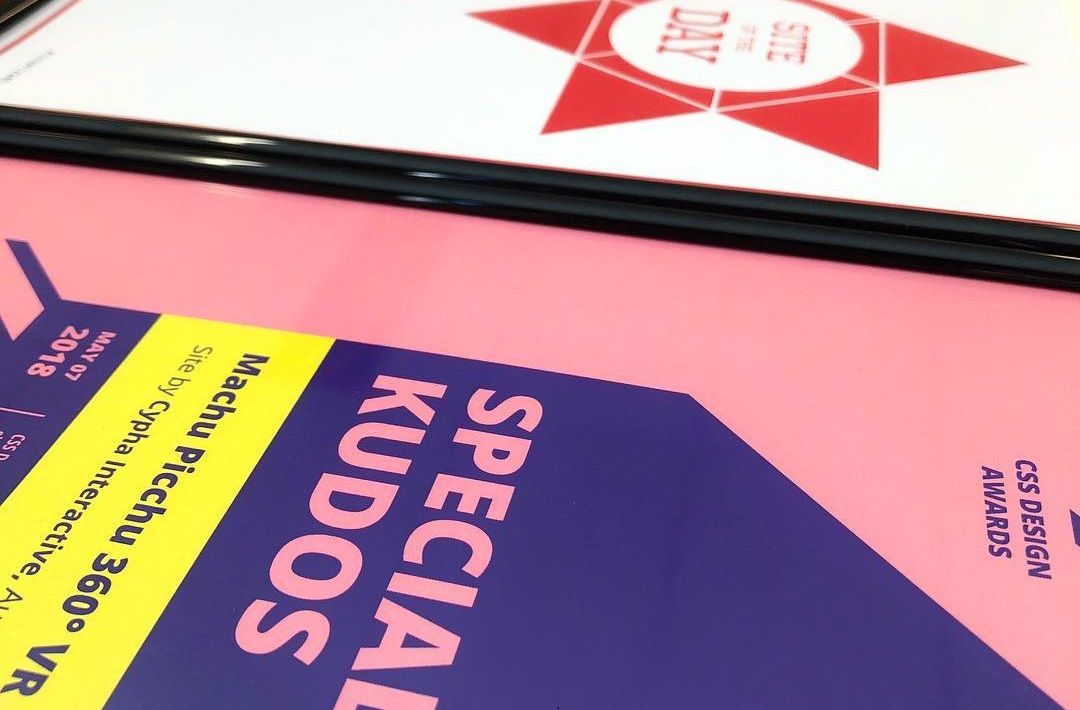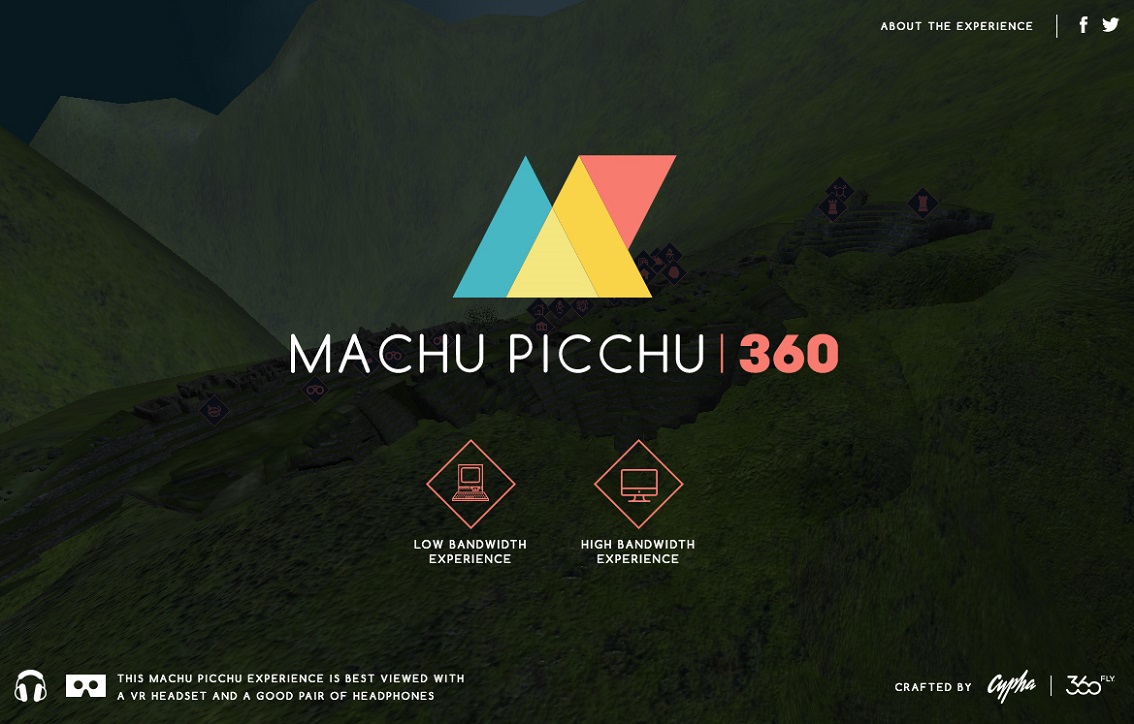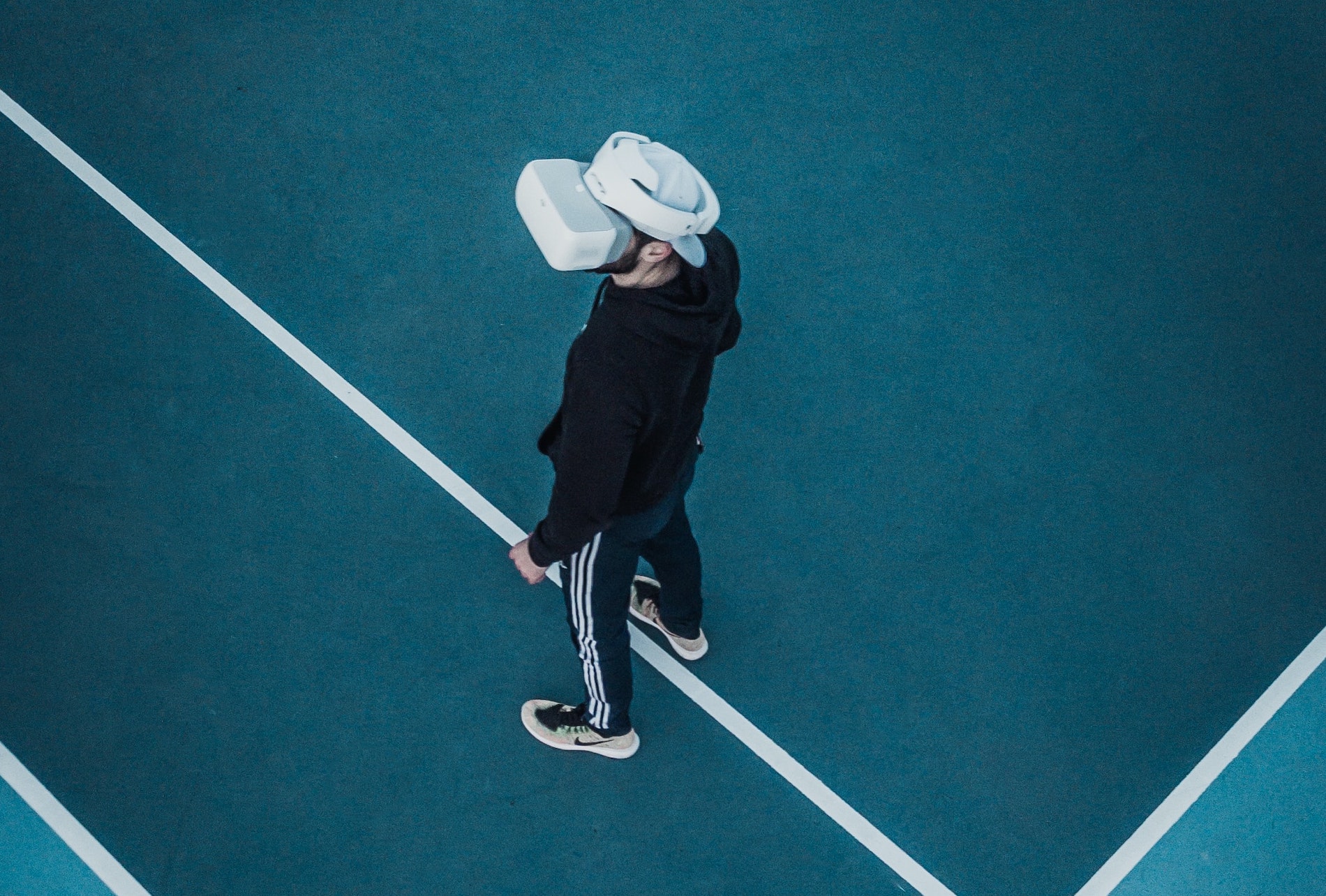HOW BRANDS ARE USING VR
The future of virtual reality is interesting to consider. While the technology has existed in one form or another for decades, it’s only now that the reality, so to speak, is beginning to match the hype. Although still in its infancy, VR is predicted to boom dramatically in the coming years.
Currently, 360-degree video is the most commonly available form of virtual reality, allowing consumers to sample a more simplistic form of VR. Many platforms support it, most popularly, Facebook and YouTube, with Youtube offering live streaming in the format. With the growth in VR technology like Google Cardboard, Microsoft HoloLens, Samsung Gear and Facebook’s Oculus; VR is becoming increasingly available to consumers.
It’s important to note that, despite the growth of 360-degree video, VR content creation is evolving beyond established platforms. VR experiences like Google Expeditions, which brings historical locations to schools, David Attenborough’s films in partnership with the Natural History Museum and The Farm 52’s Chernobyl tour are all exclusive VR creations that not only demonstrate how VR is becoming its own unique experience, but also show that VR can be used for issues of social importance.
As more and more brands are jumping on the virtual reality bandwagon, how will VR content add value to your brand? Being a new, constantly evolving technology, it’s difficult to say how best to monetise VR content. But looking to 2016’s SXSW Interactive gives us some idea as to what the future for brands looking to develop VR content looks like.
At SXSW brands like Budweiser, McDonald’s and Gillette created their own VR experiences or partnered with VR content creators to create branded experiences.
McDonald’s created a VR experience in which users decorated the inside of a Happy Meal box using VR paint tools. They also allowed guests to print out their own VR artwork and take a branded copy home with them. The artwork created was displayed on HD screens throughout the McDonald’s Loft at SXSW.

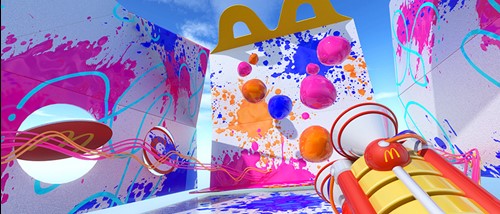
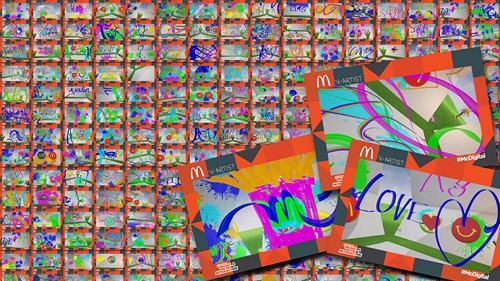
Gillette’s partnership with Discovery allowed users to experience their bodies under pressure in the Gillette Clinical Clear Gel Pressure Chamber. Participants are connected to wearable devices that track when their pressure spikes as they go from canyon swinging to slacklining.
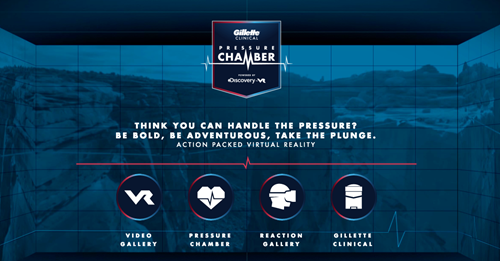
Budweiser’s offering at SXSW transported viewers to their St. Louis brewery for a multi-sensory journey. Attendees who donned VR goggles witnessed how the Budweiser brew masters conducted tastings. The experience came with wind effects as participants felt the breeze walking from outside to inside, experienced temperature changes in the brewery, and even smelled the hops that go into the production.
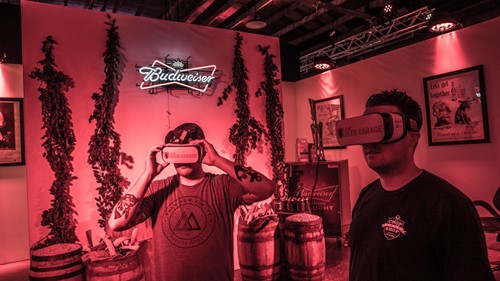
While obviously SXSW is a unique showcase of technologies, it’s interesting to note the different approaches brands are taking to VR. As some brands try to create unique branded experiences, others focused on practicality.
Despite these different branded approaches, there’s a core element to virtual reality that these consumer-facing brands are embracing; the need to create engaging content. This will be crucial to the on-going success of VR if it is to become a true narrative and marketing tool, rather than a novelty.
Similar
Articles
